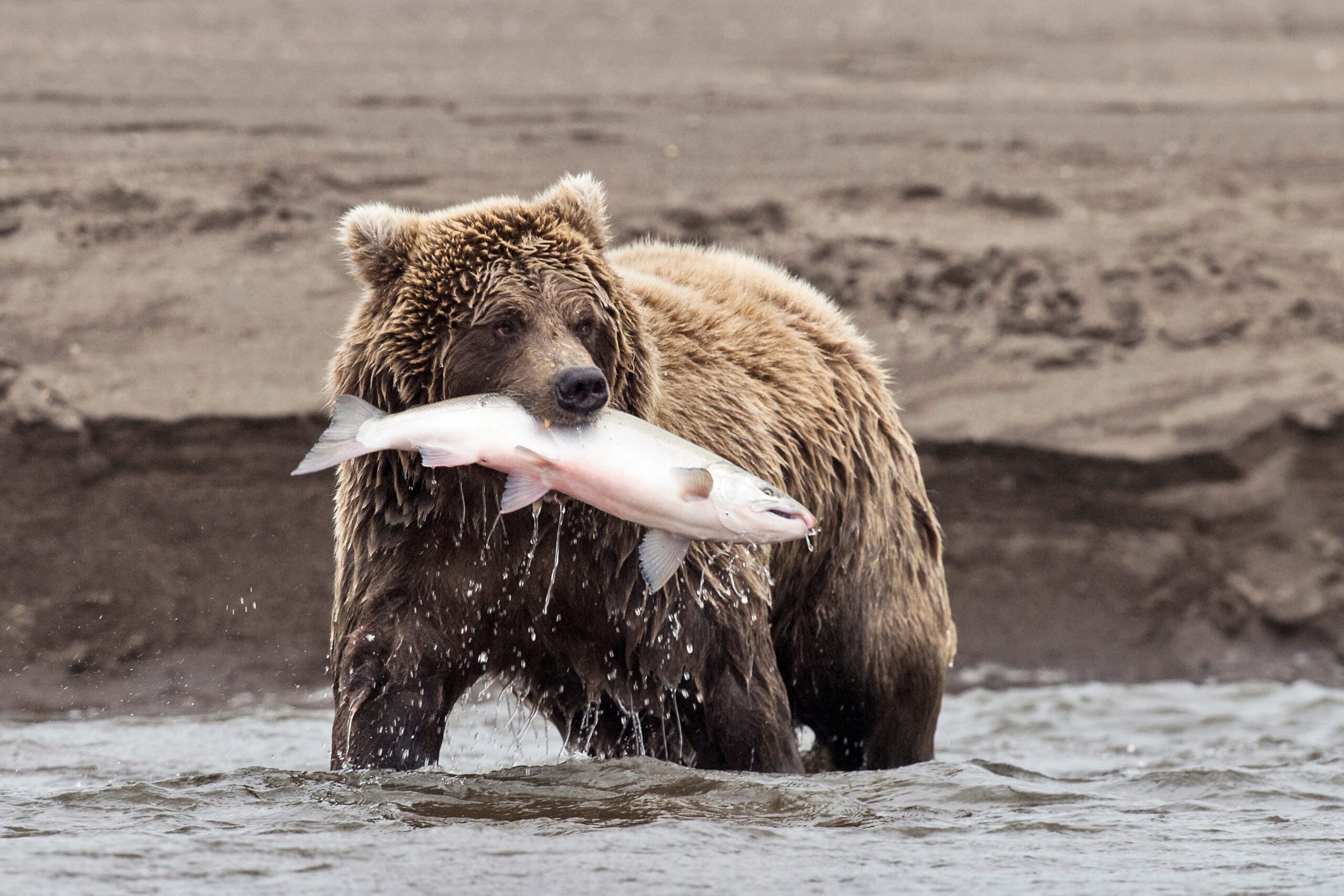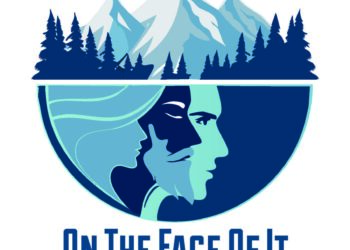By Wendy Keefover WRITERS ON THE RANGE
Grizzly bears in Alaska, called brown bears, that live around the town of Bethel, population 6,325, should have a good life as they don’t interact with many people. But their future is in peril.
Alaska’s bears have powerful governmental enemies, starting with the state of Alaska. This spring, state wildlife agents in helicopters gunned down 94 brown bears, including cubs. Agents also killed five black bears and five wolves.
Why were these animals destroyed? It was an attempt to eliminate carnivores in a misguided effort to grow a small caribou herd for hunters. By Alaska’s own admission, the aerial gunning went too far. An early assessment by a state biologist said fewer than 25 brown bears would be killed.
For now, in the lower 48 states grizzly bears are protected, though some Western governors and members of Congress support trophy-hunting seasons targeting bears.
In Alaska that’s already legal, although a 2019 study co-authored by conservation biologist William Ripple, and others, found that in addition to state-sponsored shooting and trapping of brown bears, trophy hunters have doubled their kill numbers for bears over the past 30 years.
That is not sustainable. Alaska’s population of some 32,000 iconic brown bears now face the same fate as their lower 48 cousins, which once numbered 50,000 but are reduced to 2,000 animals.
Alaska’s predator-control projects cater to a small number of hunters who want to bring home trophy animals, or who wrongly believe that fewer carnivores like bears and wolves will create more prey animals.
Alaska’s wildlife culls have been roundly criticized by many biologists as unnecessary. Numerous studies indicate that predator-prey relationships are always complicated by multiple factors. In this case, the caribou herd was plagued by brucellosis, a disease of ungulates, as well as inadequate food and poachers.
What is undeniable, say multiple biologists from North America—writing as part of a 2018 letter to the U.S. Department of the Interior—is that officials need to protect Alaska’s bears and wolves from too much trophy hunting.
Shockingly, Alaska’s bear-killing activities are funded by the U.S. Fish and Wildlife Service, using Pittman-Robertson Wildlife Restoration Act dollars, which is an excise tax on guns, ammunition and archery equipment. The Service also funds other controversial predator-control programs such as in Colorado and New Mexico.
What’s puzzling is why hunting would come first when Alaska decides the fate of its brown bears. Why is bear-related tourism—a growth industry—ignored?
Americans love to watch bears. Because of their popularity, brown bear viewing opportunities in Alaska’s Katmai National Park had to be limited by lottery. What’s more, over 10 million viewers tune into bear cams annually to virtually watch Katmai bears fish for salmon.
Tapping into this fervor, the National Park Service began an annual Fat Bear Week contest at the park, based on grizzles gorging themselves to get ready for hibernation. In 2021, more than 800,000 voted for Otis, an aged, toothless fellow who lost out the next year to 747, a colossus nicknamed “Bear Force One” by the Park Service.
Thousands of tourists travel to Alaska every year just to catch a glimpse of Alaska’s brown bears in the wild, a pilgrimage that pours dollars into the state. A 2011 survey valued wildlife-watching tourism in Alaska at more than a billion dollars and this number has almost certainly grown as appreciation for wildlife has expanded in the United States. A 2018 American Wildlife Values national survey showed that more Americans than ever before appreciate their wildlife alive.
The question almost asks itself: What sense does it make for Alaska to kill bears? The answer is none. Federal funding for state wildlife agencies to kill carnivores makes no sense.
The Fish and Wildlife Service needs to adopt the widely supported 2021 formal petition, led by the Global Indigenous Council and co-signed by 28 organizations and scholars, which asks the agency to set up a public comment process before Pittman-Robertson funds can go to states for killing projects.
Wildlife management ought to represent all the people who care about wildlife, and sound science should be the guide when it comes to deciding what animal gets to live or die.
Wendy Keefover is a contributor to Writers on the Range, an independent nonprofit dedicated to spurring lively conversation about the West. She is a senior strategist for the Humane Society of the United States.












